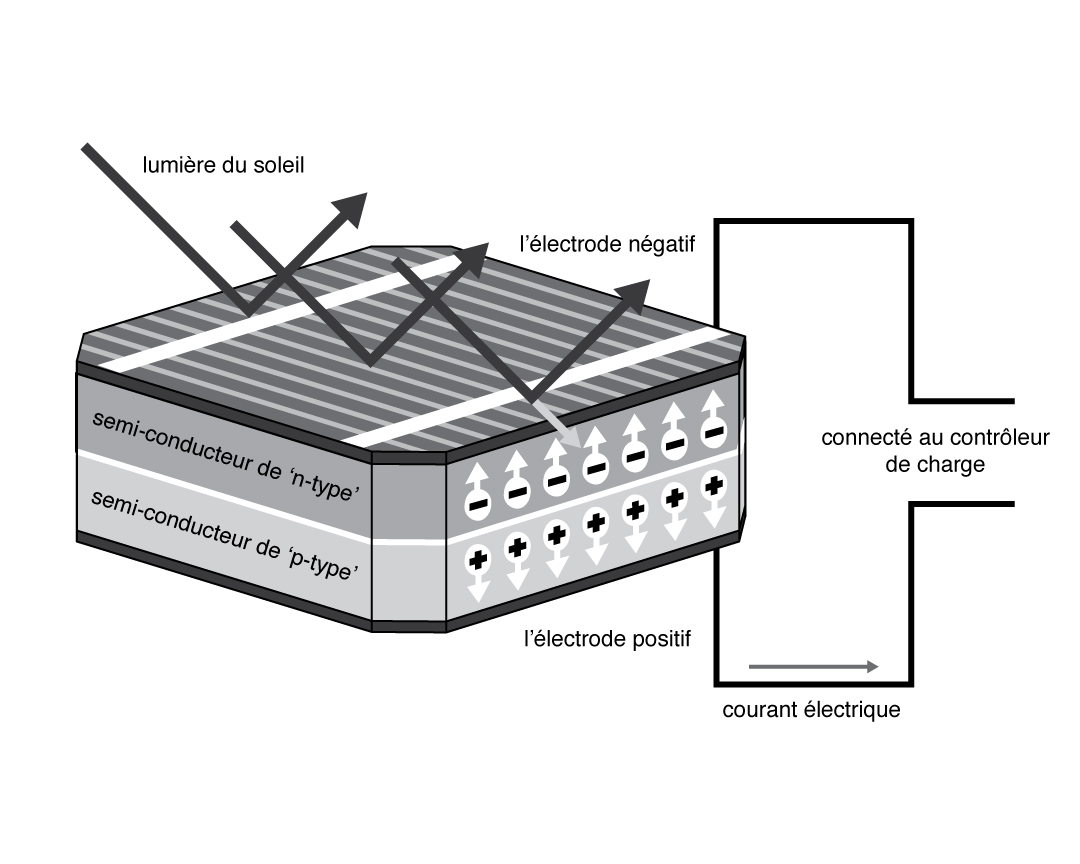Science Illustration
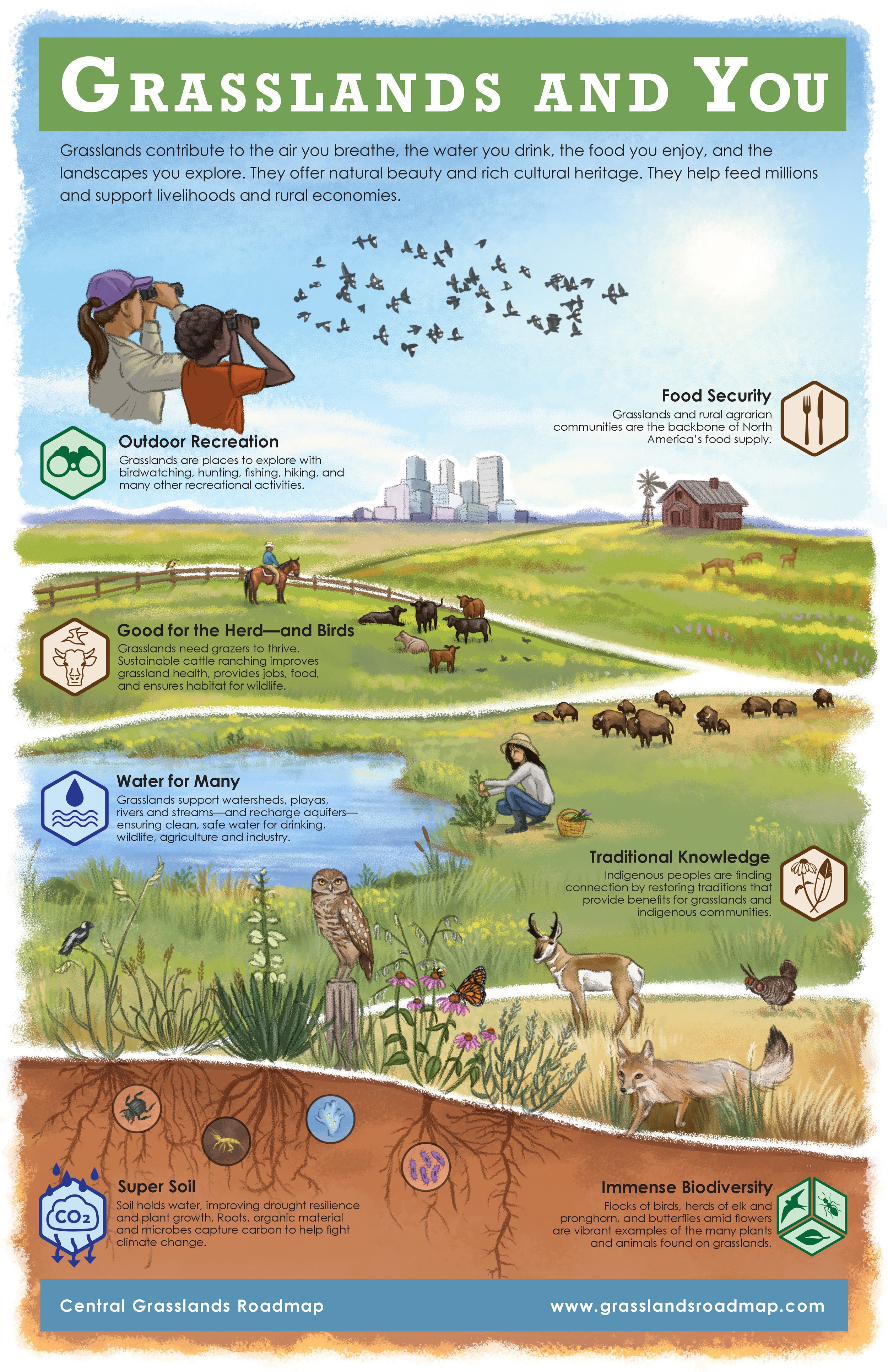
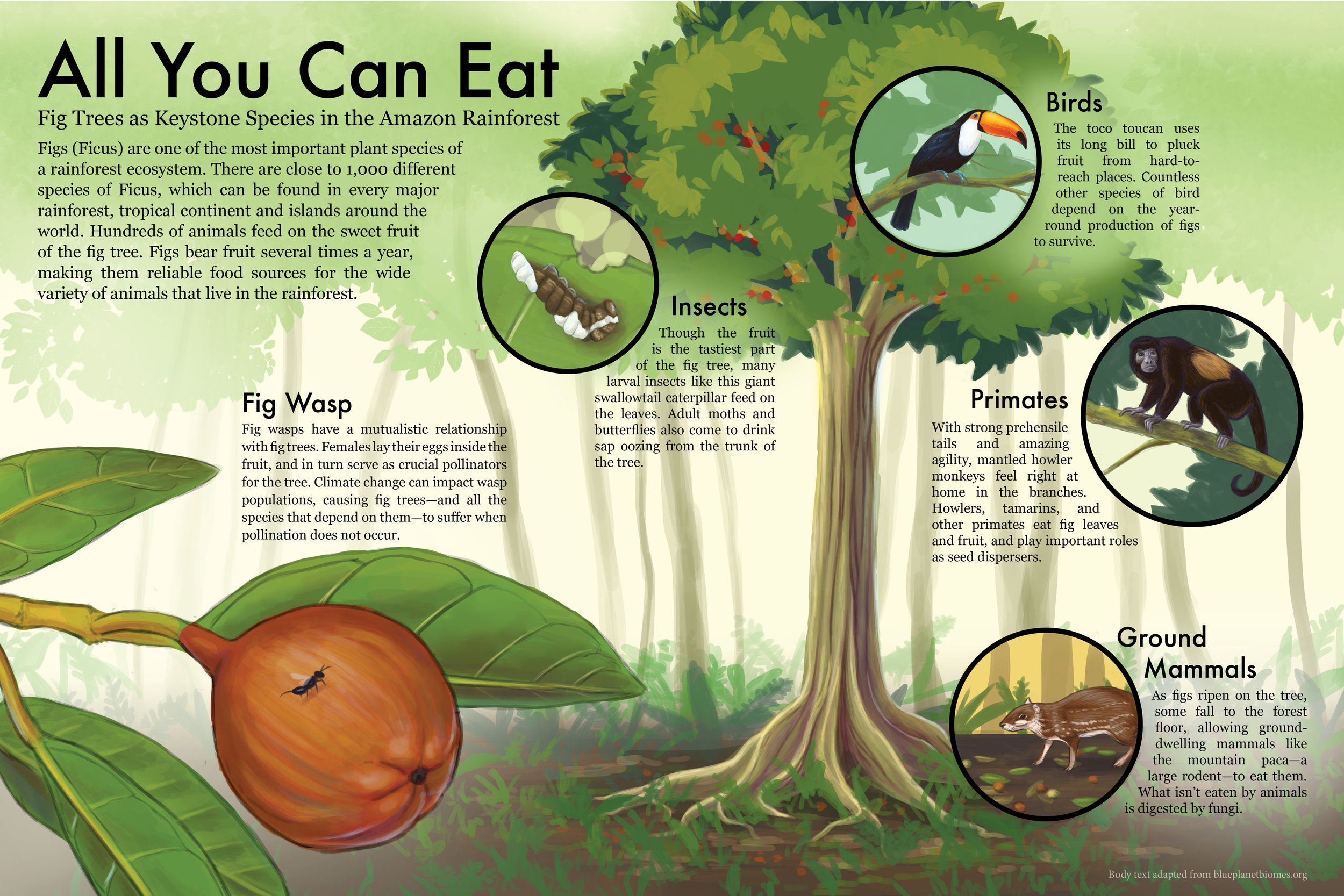
Digital, 2018
This image was designed as an interpretive panel, highlighting several Amazon species that depend on fig trees.
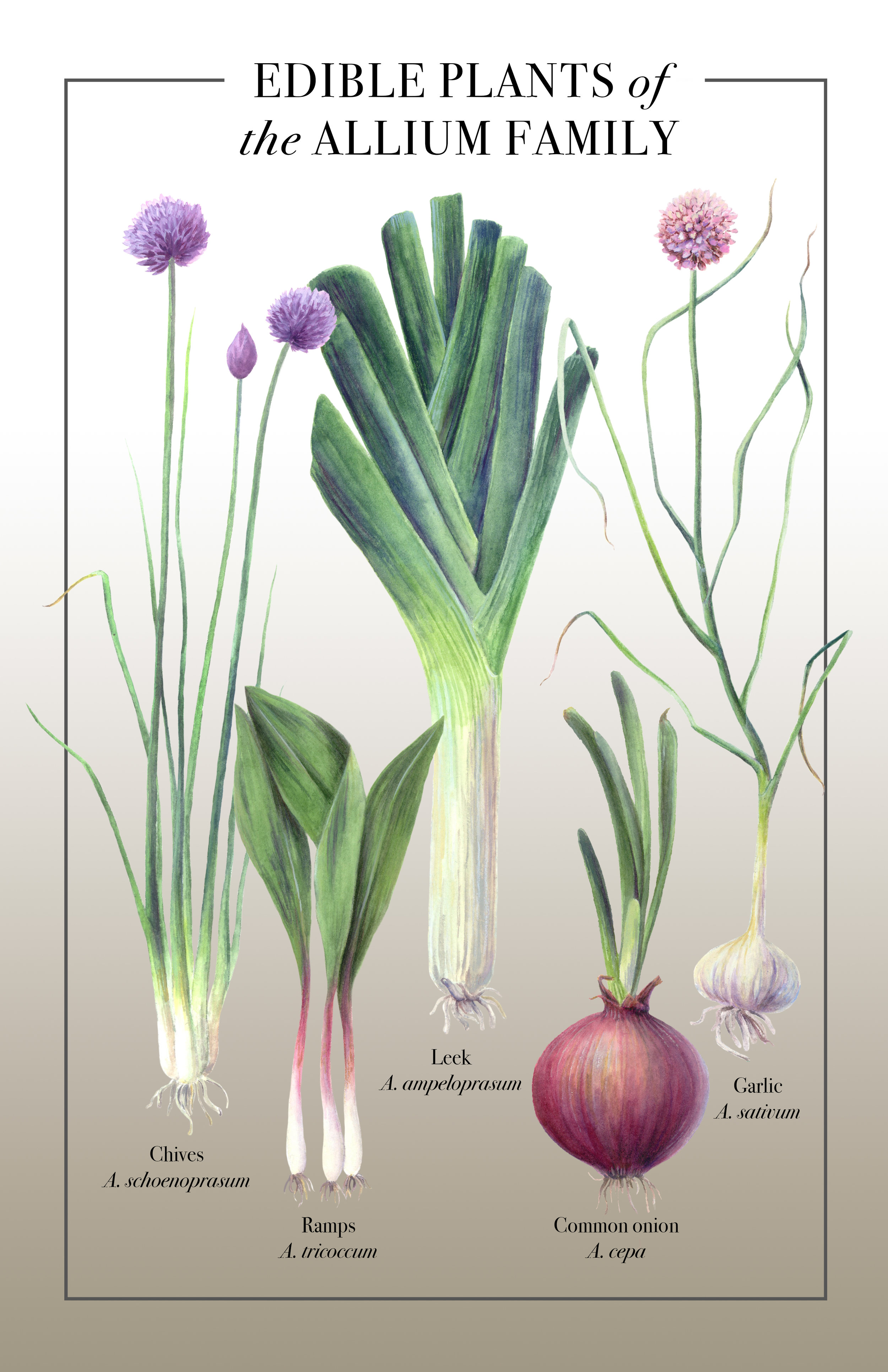
Gouache and digital, 2018
This poster features several edible plants in the genus Allium.
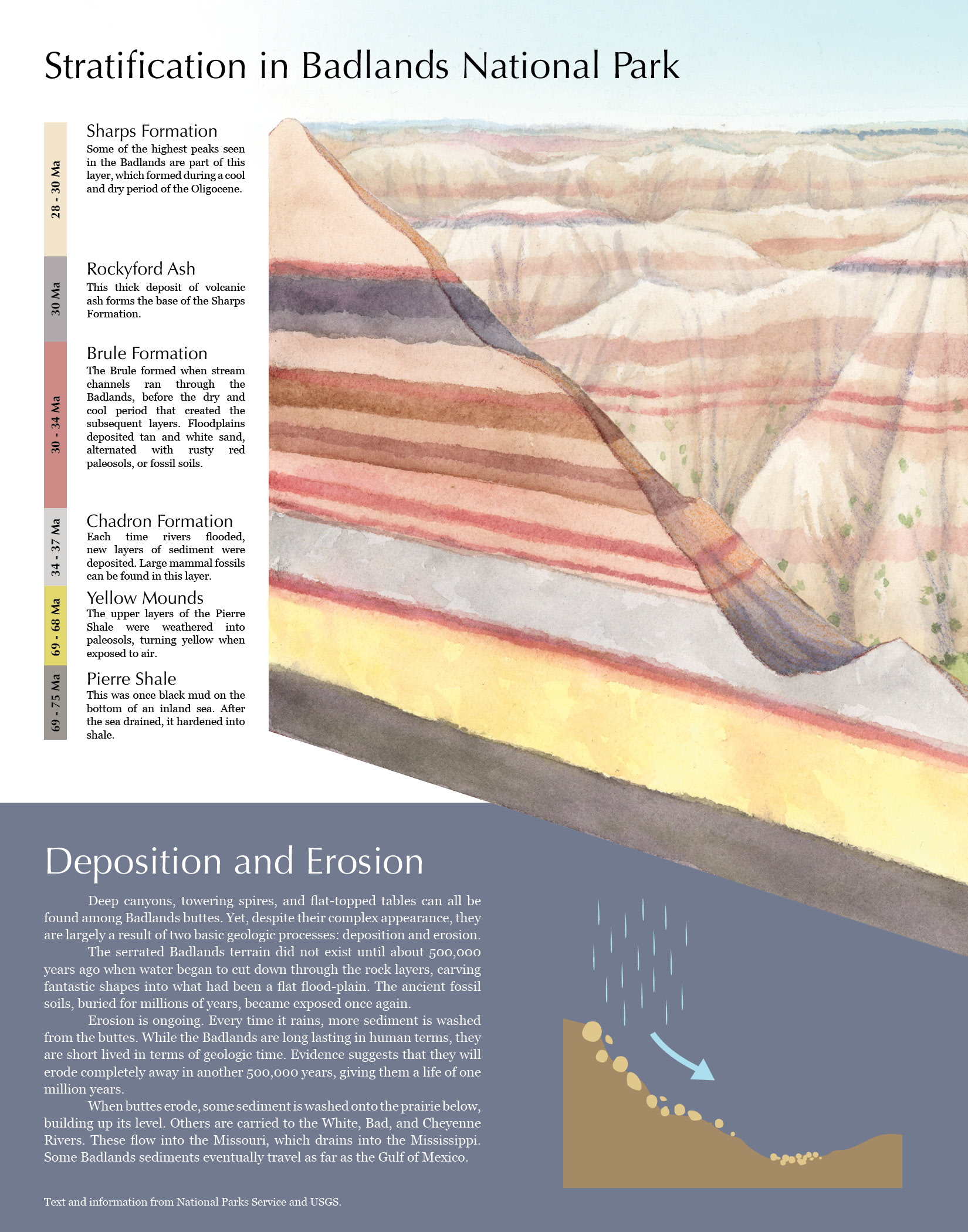
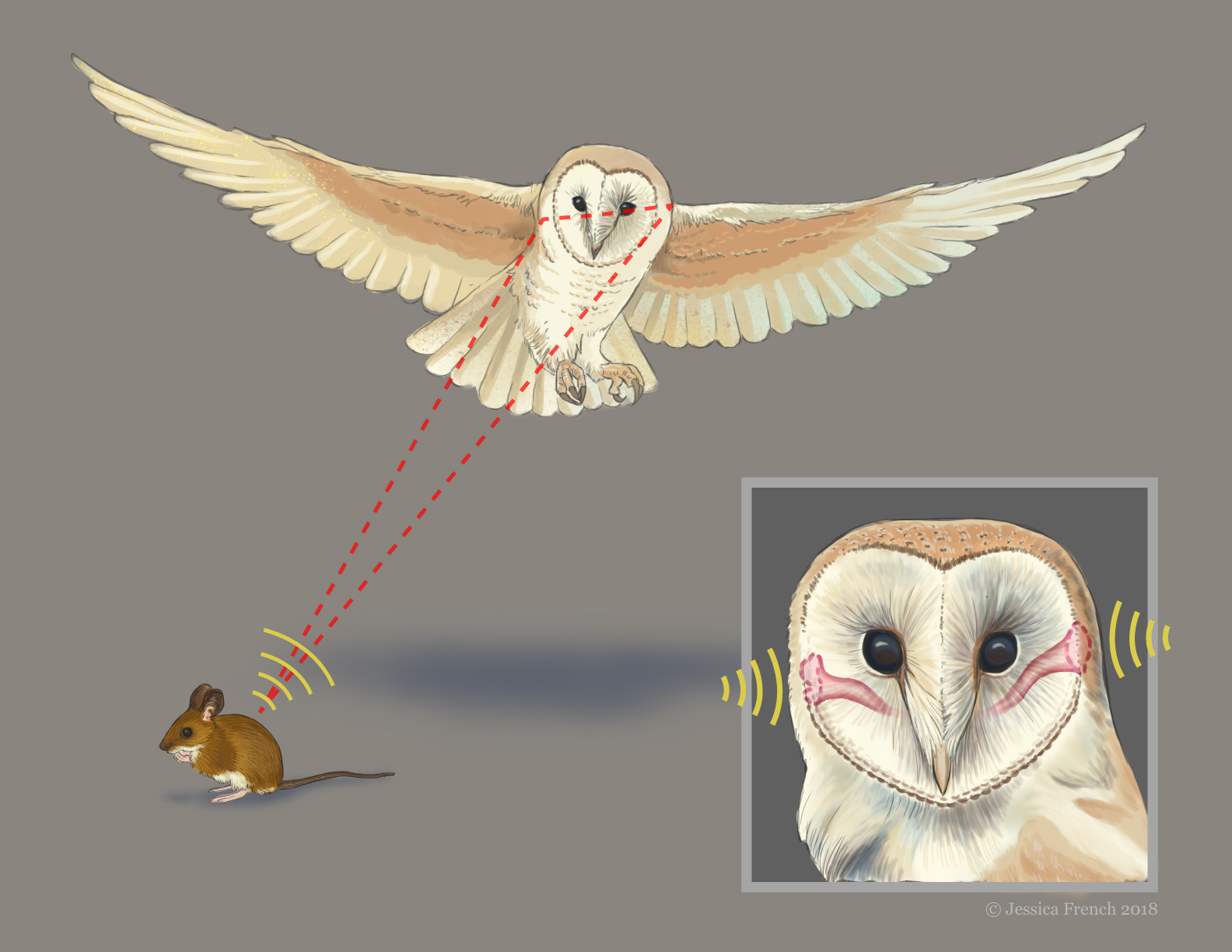
Digital, 2018
Owls need excellent hearing to hunt in the dark. Some owls, like this barn owl, have offset ear openings which help them to triangulate the location of their prey.
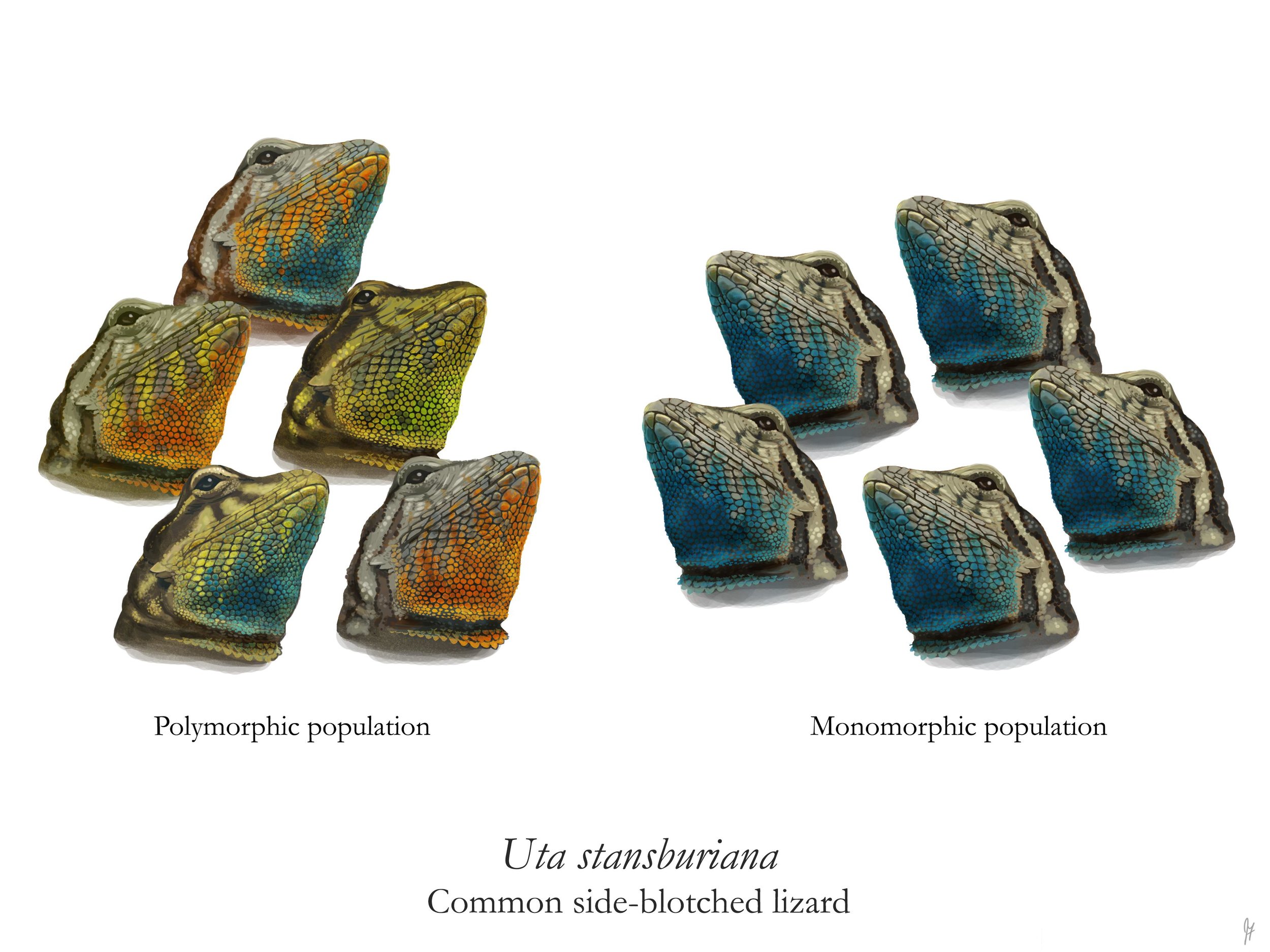
Digital, 2015
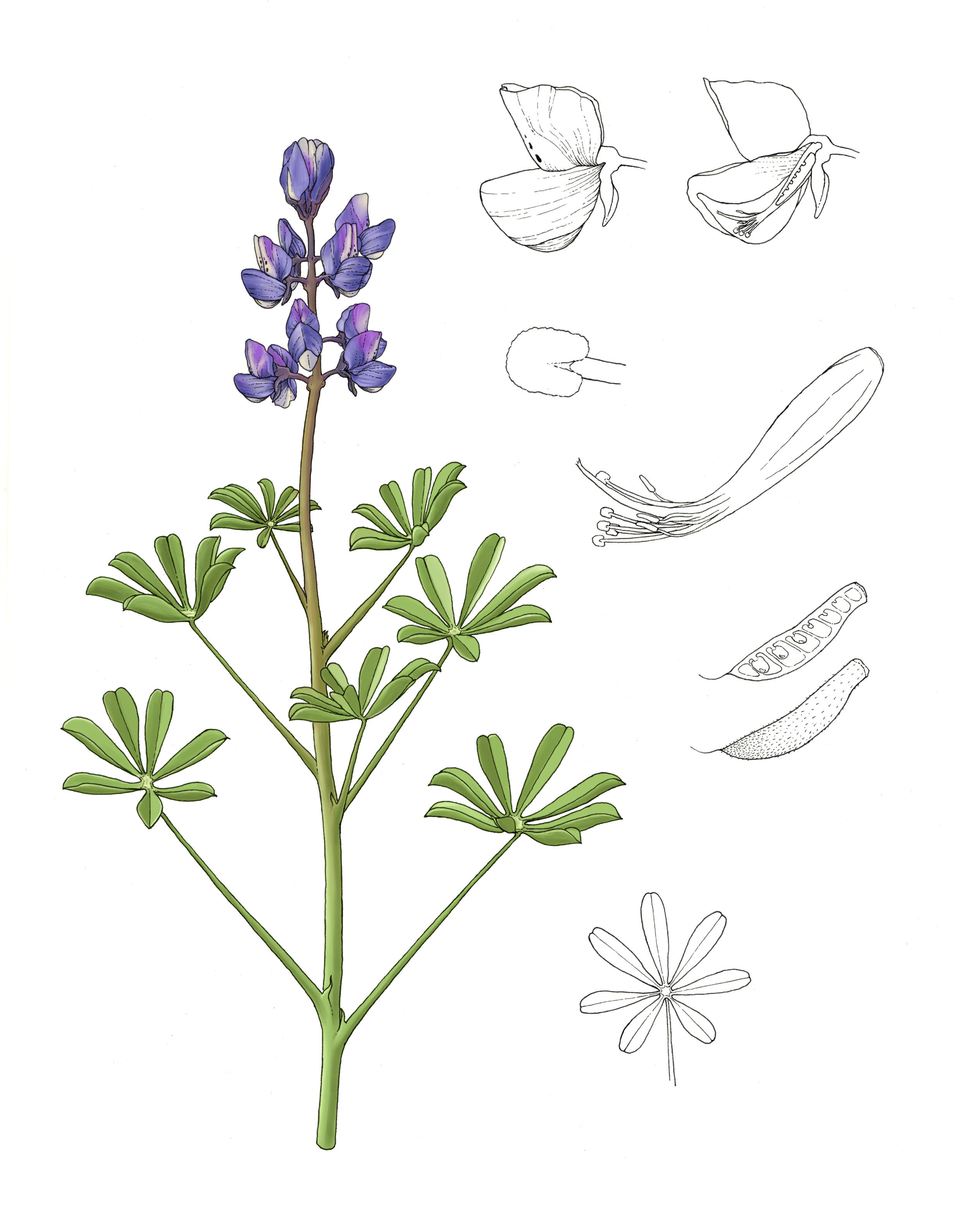
Lupinus succulentus, ink with digital coloration, 2018
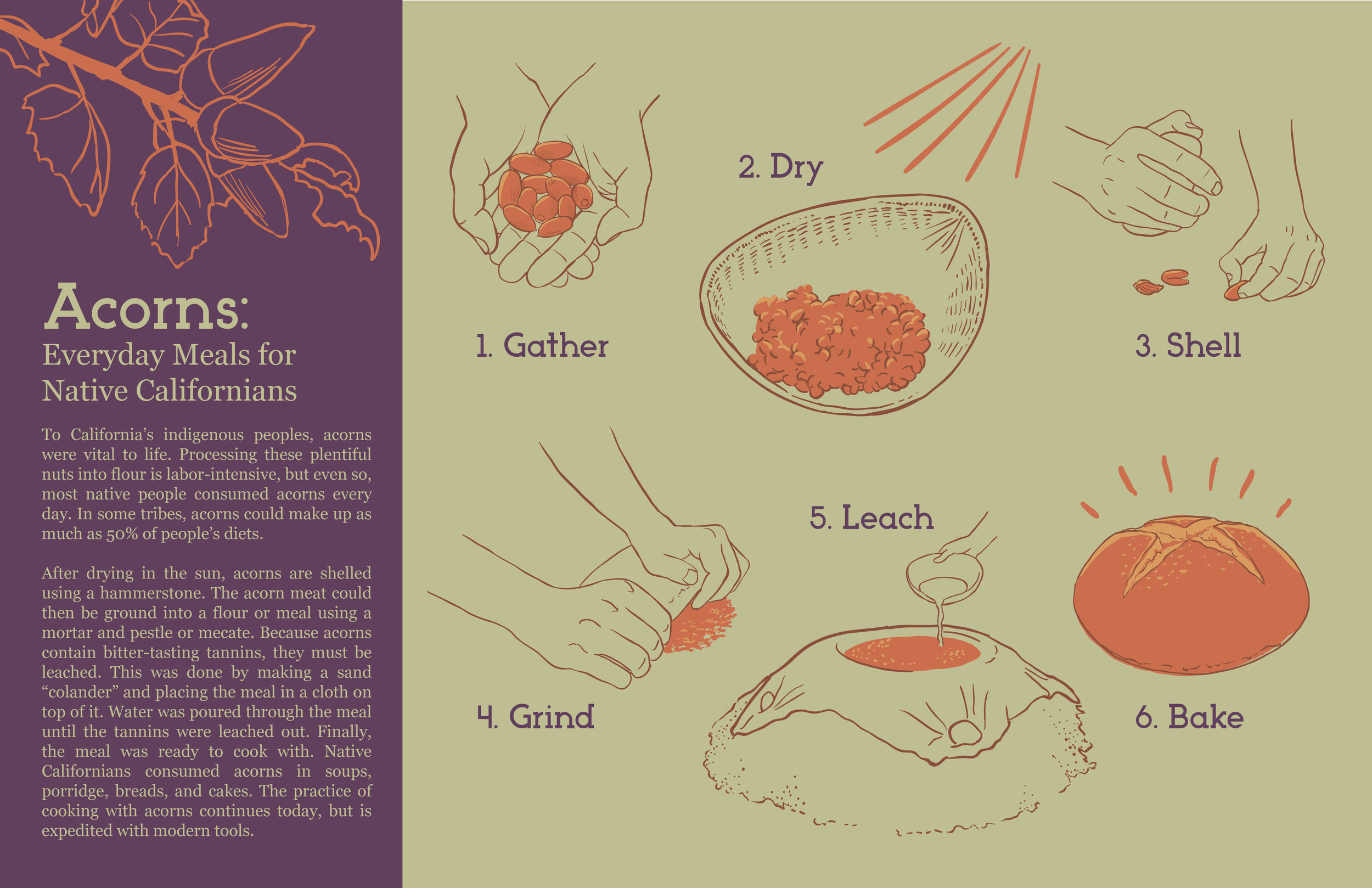
Digital, 2018
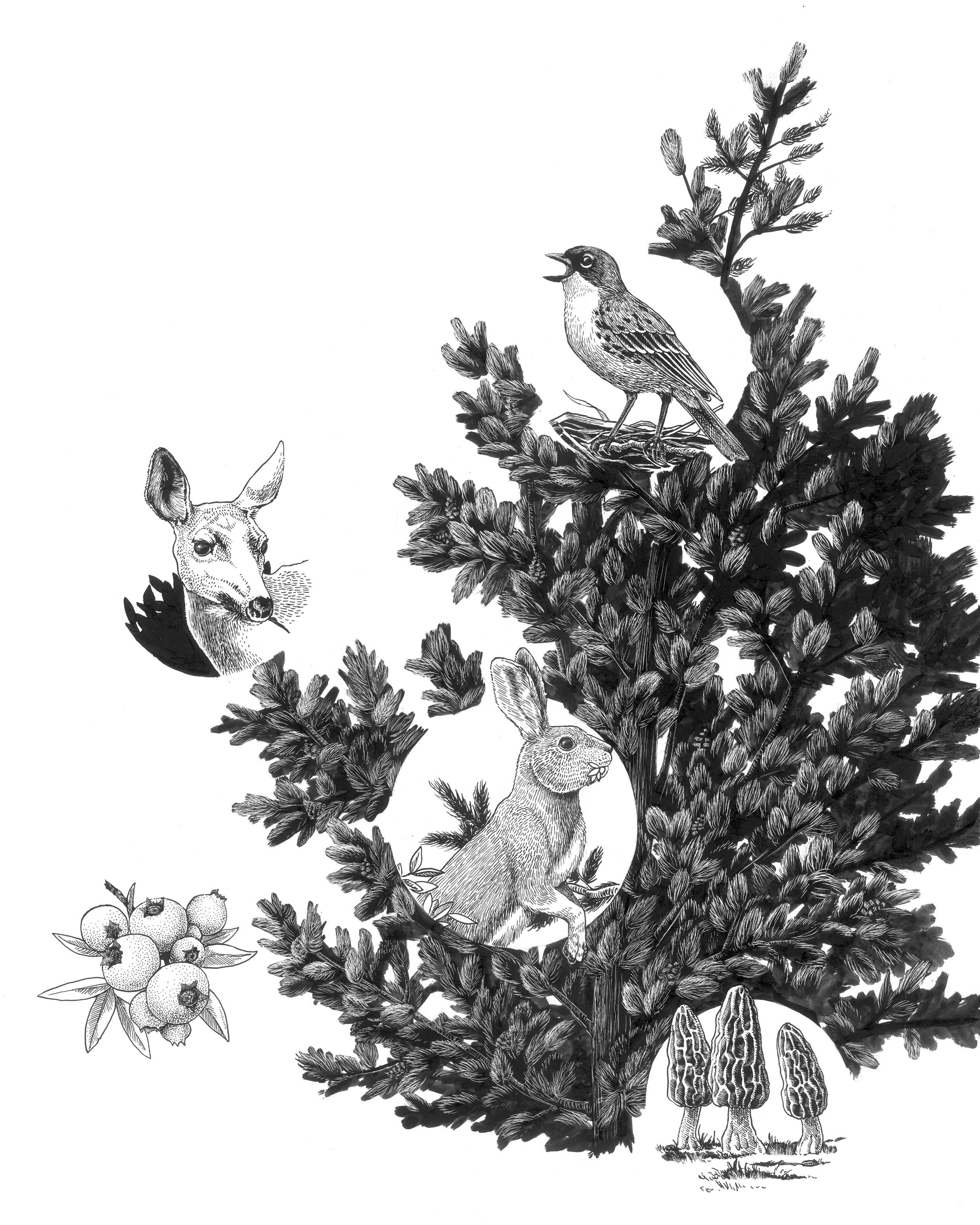
Ink on scratchboard, 2018
Young jack pines are central to several species in the midwest, including white-tailed deer, snowshoe hare, wild blueberry, and morel mushrooms. The rare Kirtland’s warbler will only nest in young jack pine stands, making this tree crucial to their recovery.
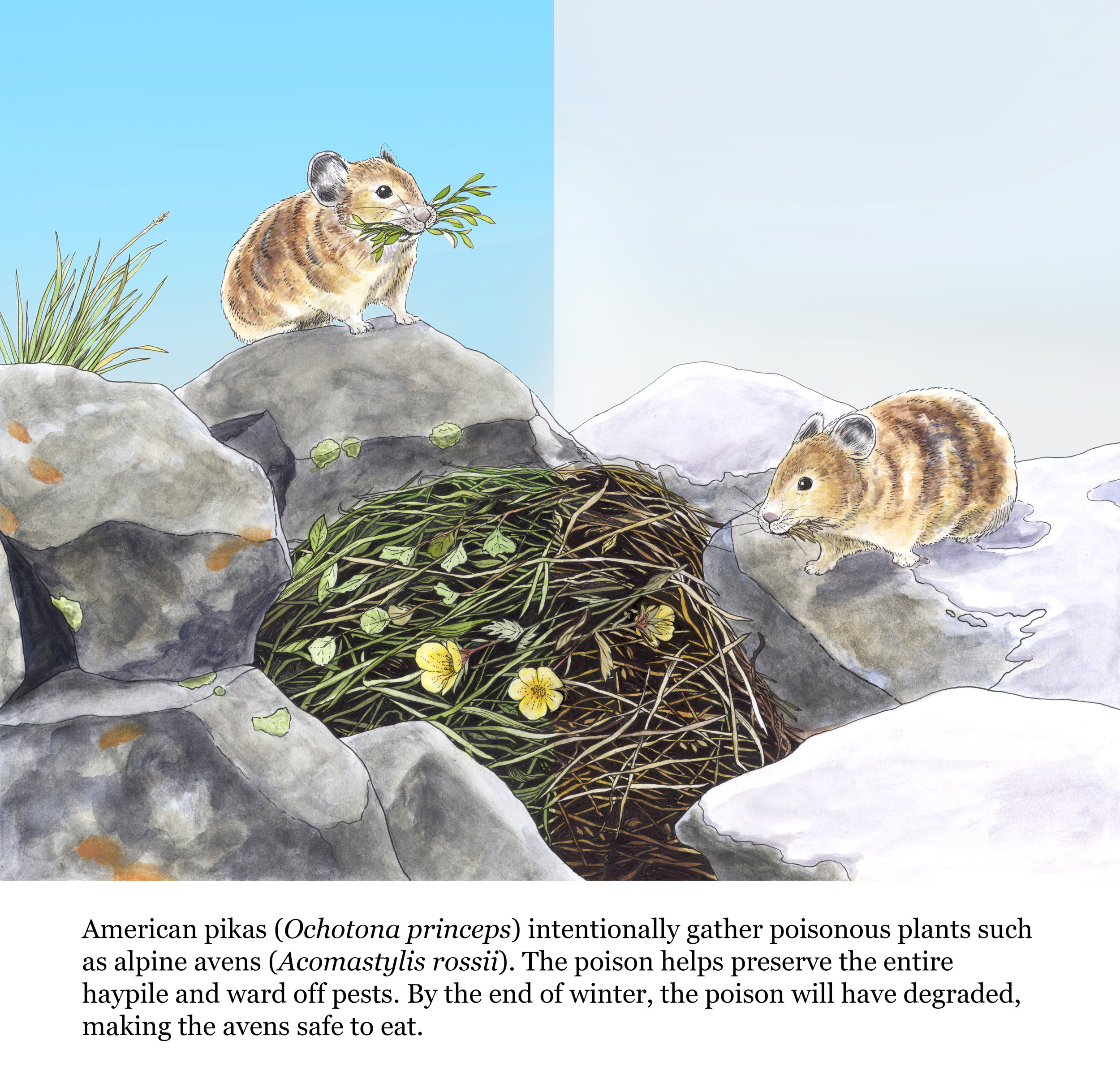
Gouache and ink on paper, 2018
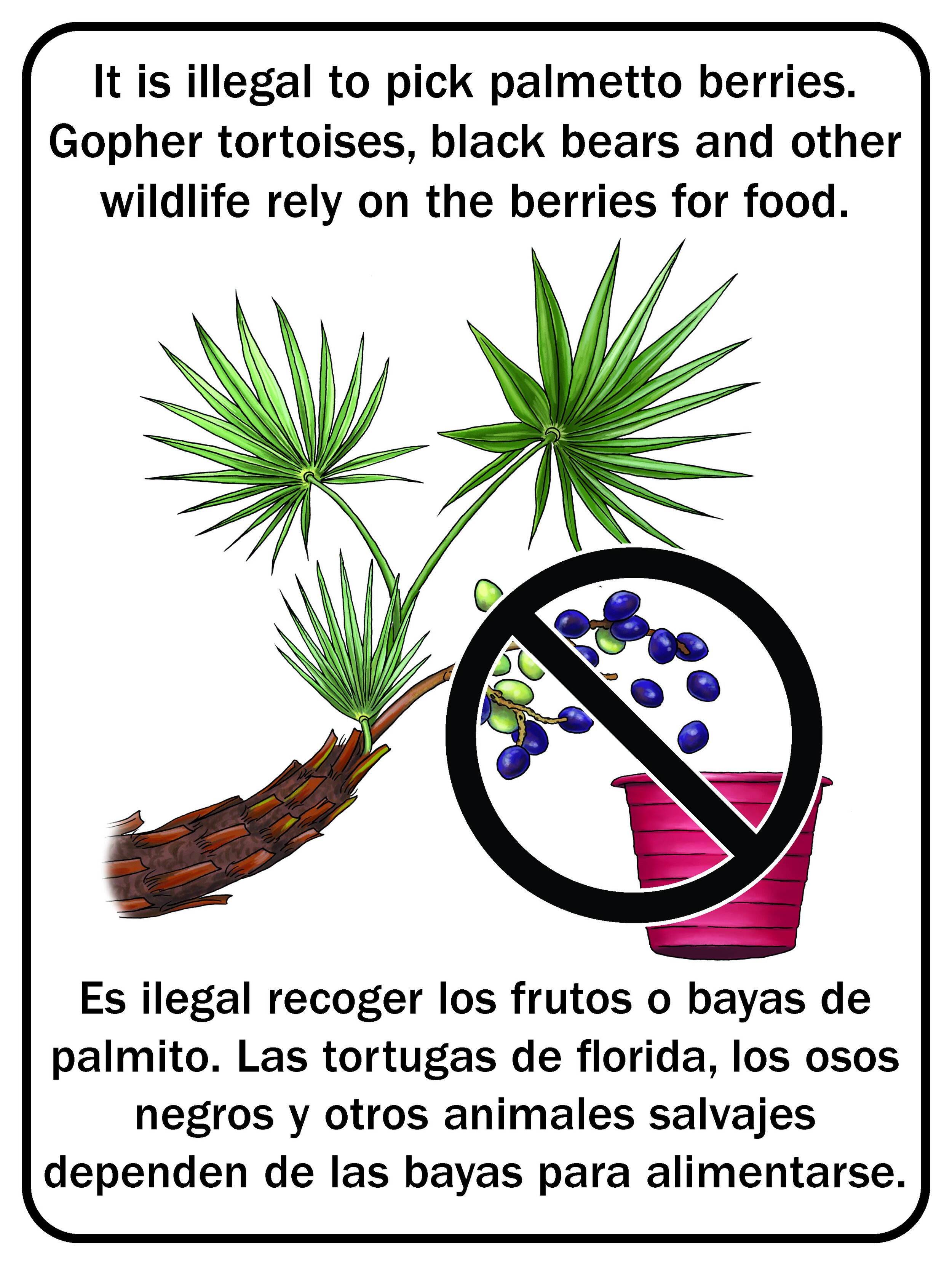











Spot Illustration
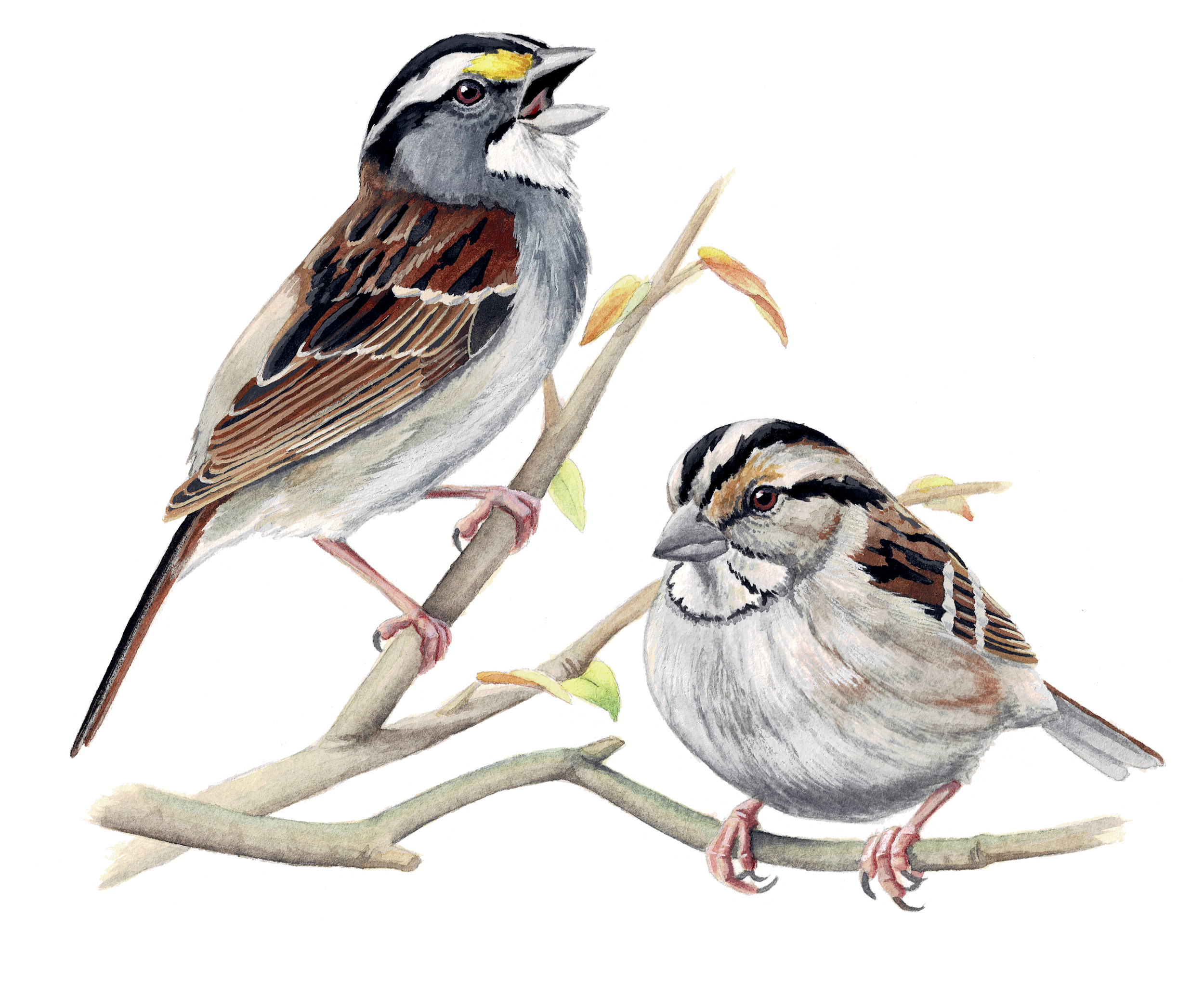
Zonotrichia albicollis, gouache, 2019
For Living Bird Magazine, illustrating two color morphs of the species.

Zonotrichia albicollis, gouache, 2019
For Living Bird Magazine, illustrating foraging behavior of the species.
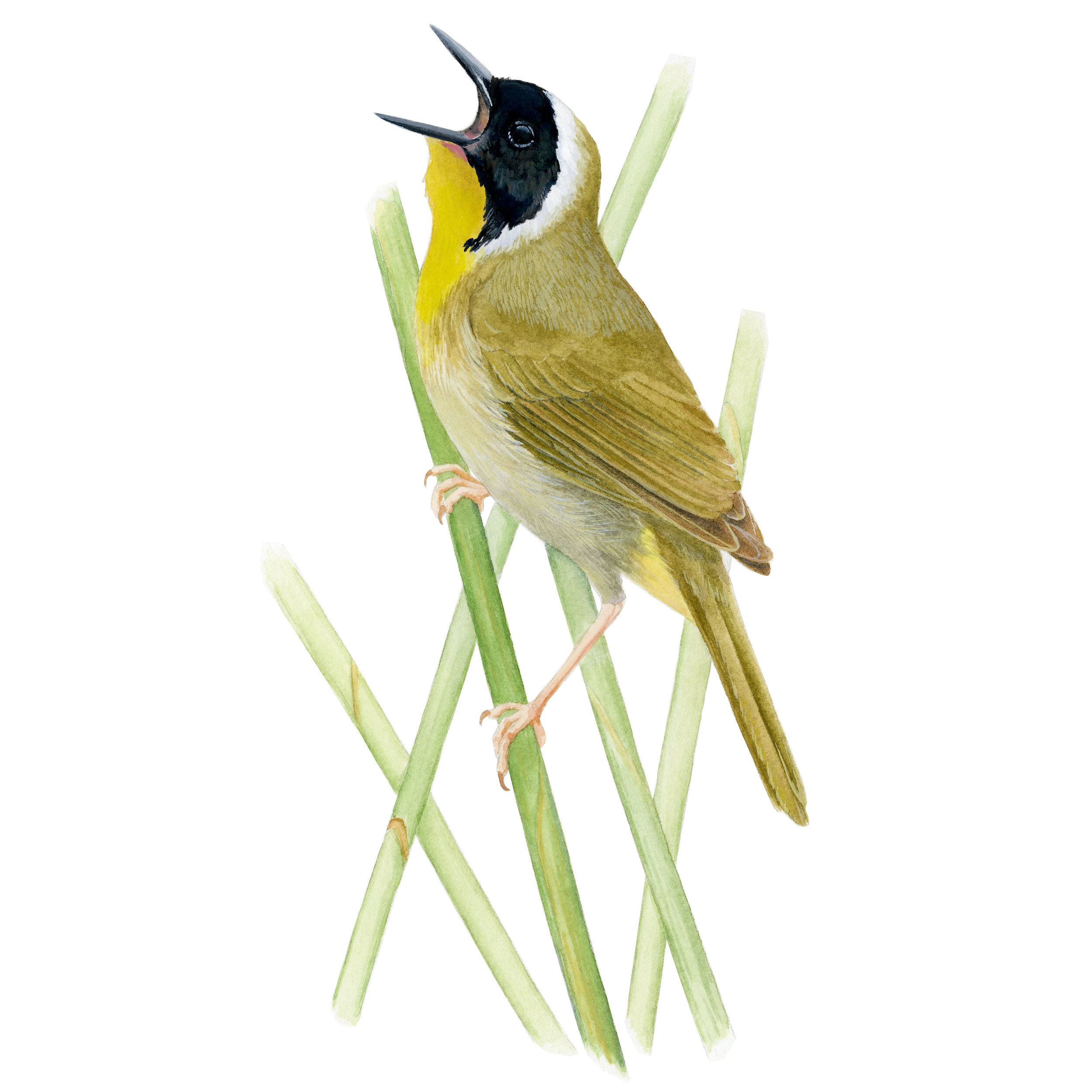
Geothlypis trichas, gouache, 2019
For Cornell Lab of Ornithology, Living Bird magazine.
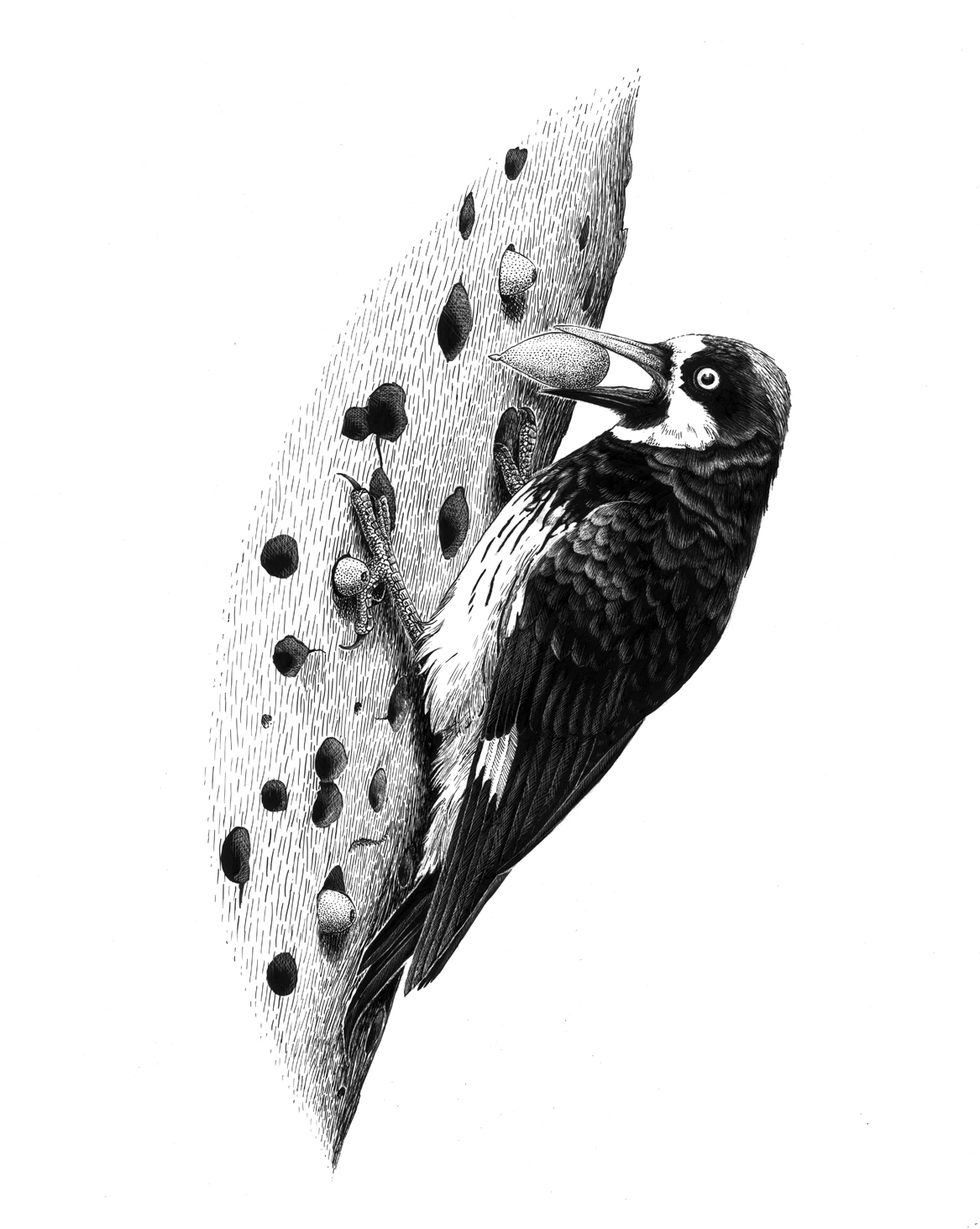
Melanerpes formicivorus, ink on scratchboard, 2017
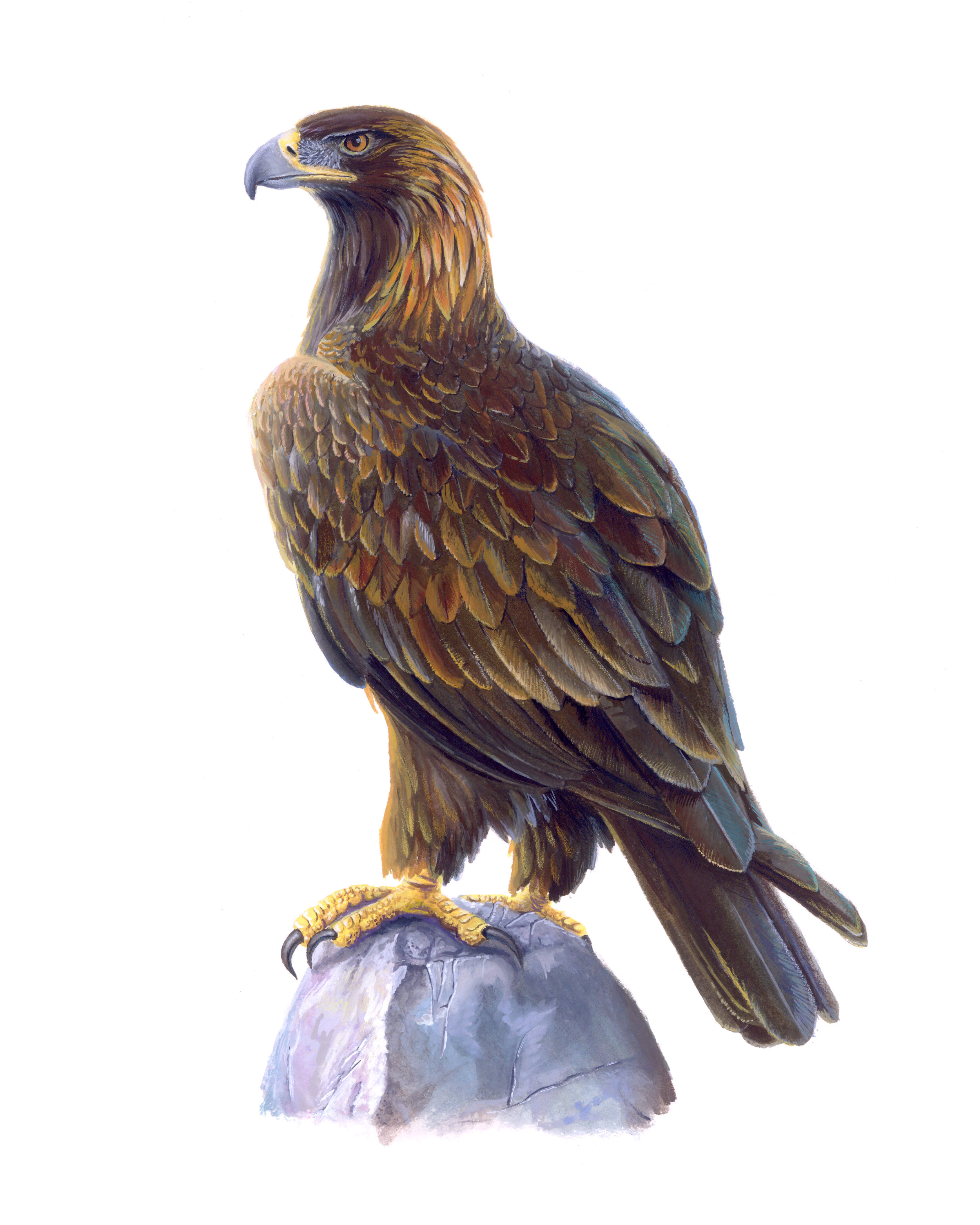
Aquila chrysaetos, gouache, 2018
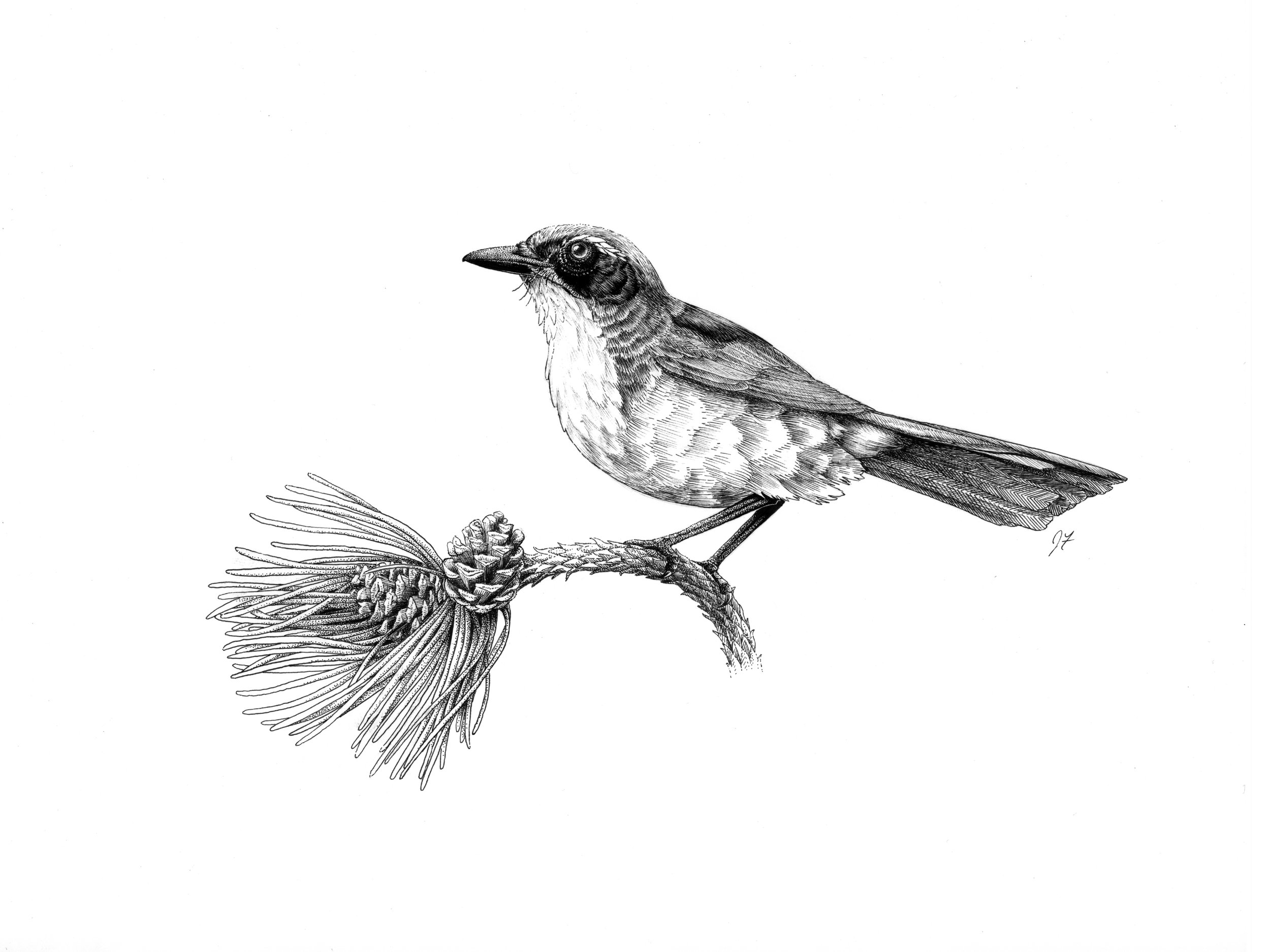
Aphelocoma californica, ink on bristol, 2017
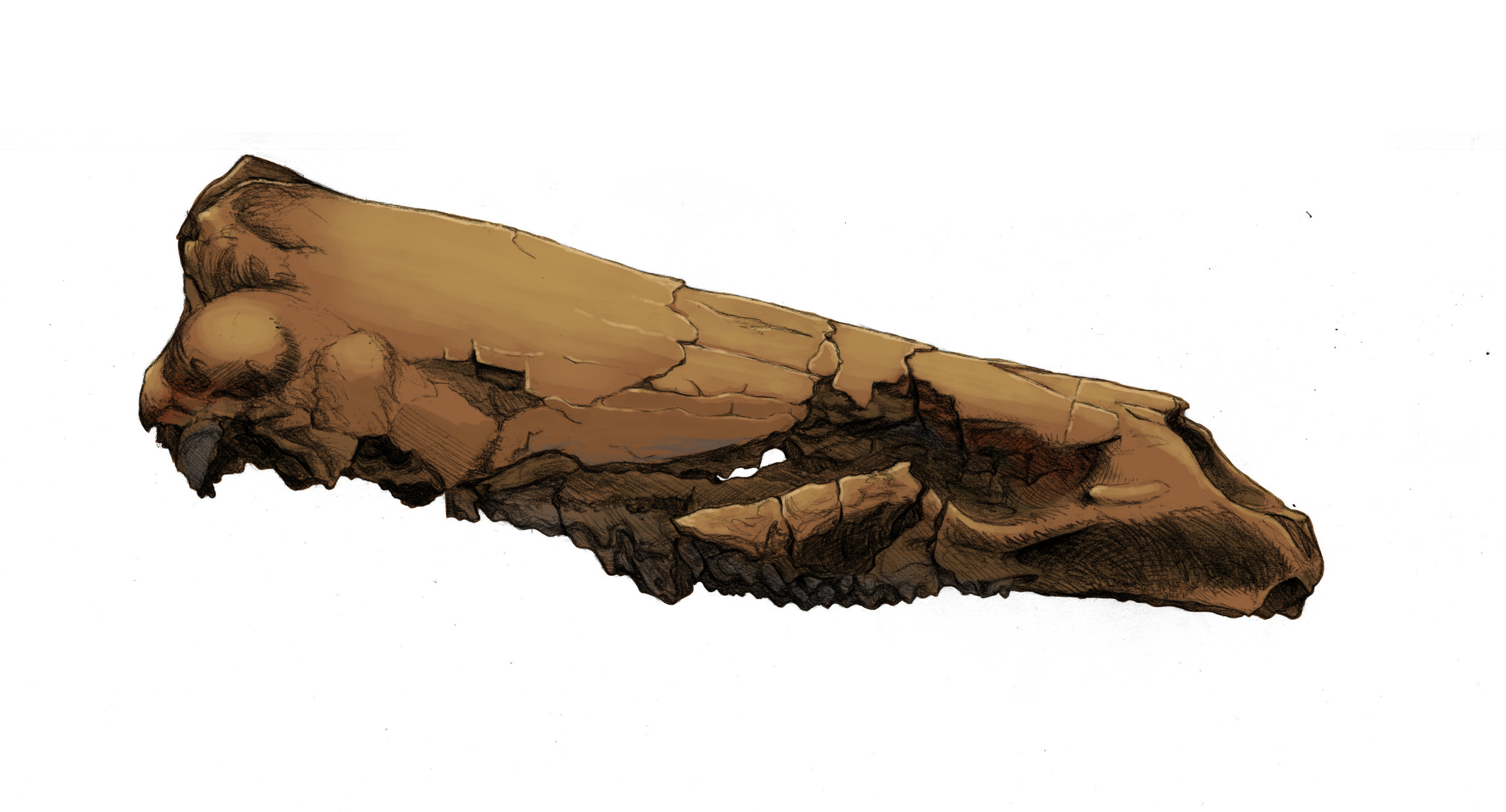
Graphite with digital coloration, 2018
For William Sanders at University of Michigan Museum of Paleontology.
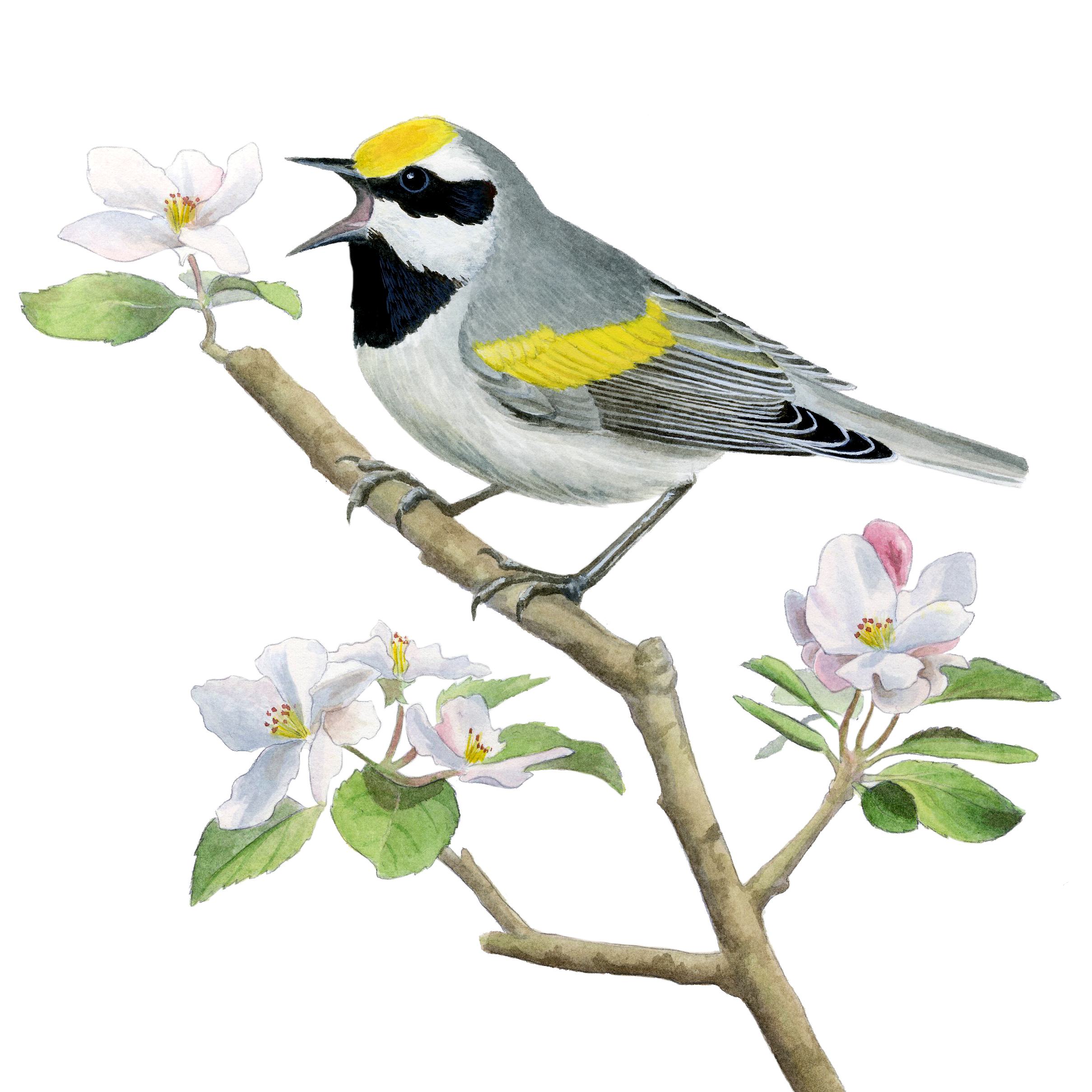
Vermivora chrysoptera, watercolor, 2019
For Cornell Lab of Ornithology, Golden-wing Society.
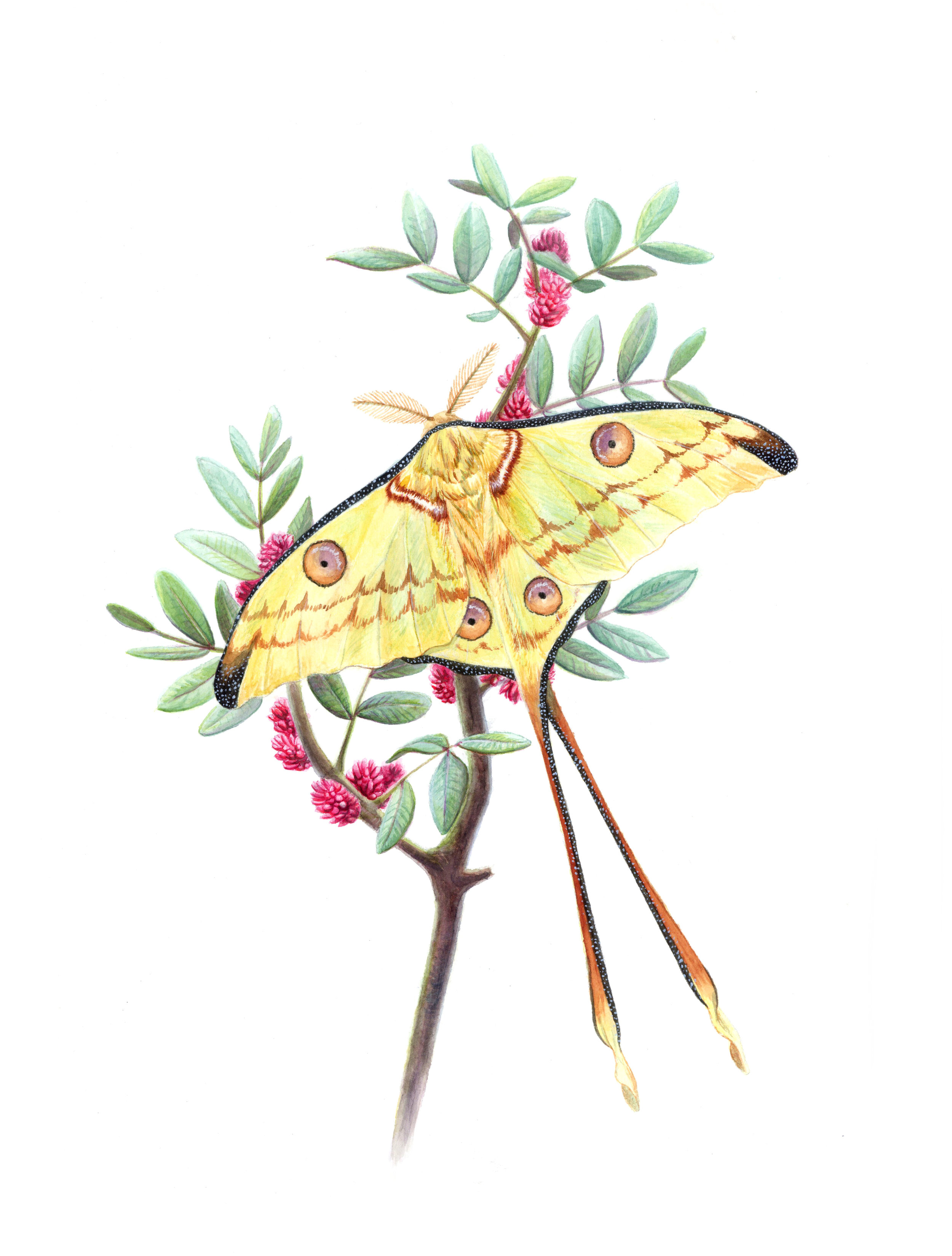
Argema mittre, watercolor, 2018

Callipepla californica, colored pencil and gouache on dura-lene, 2018
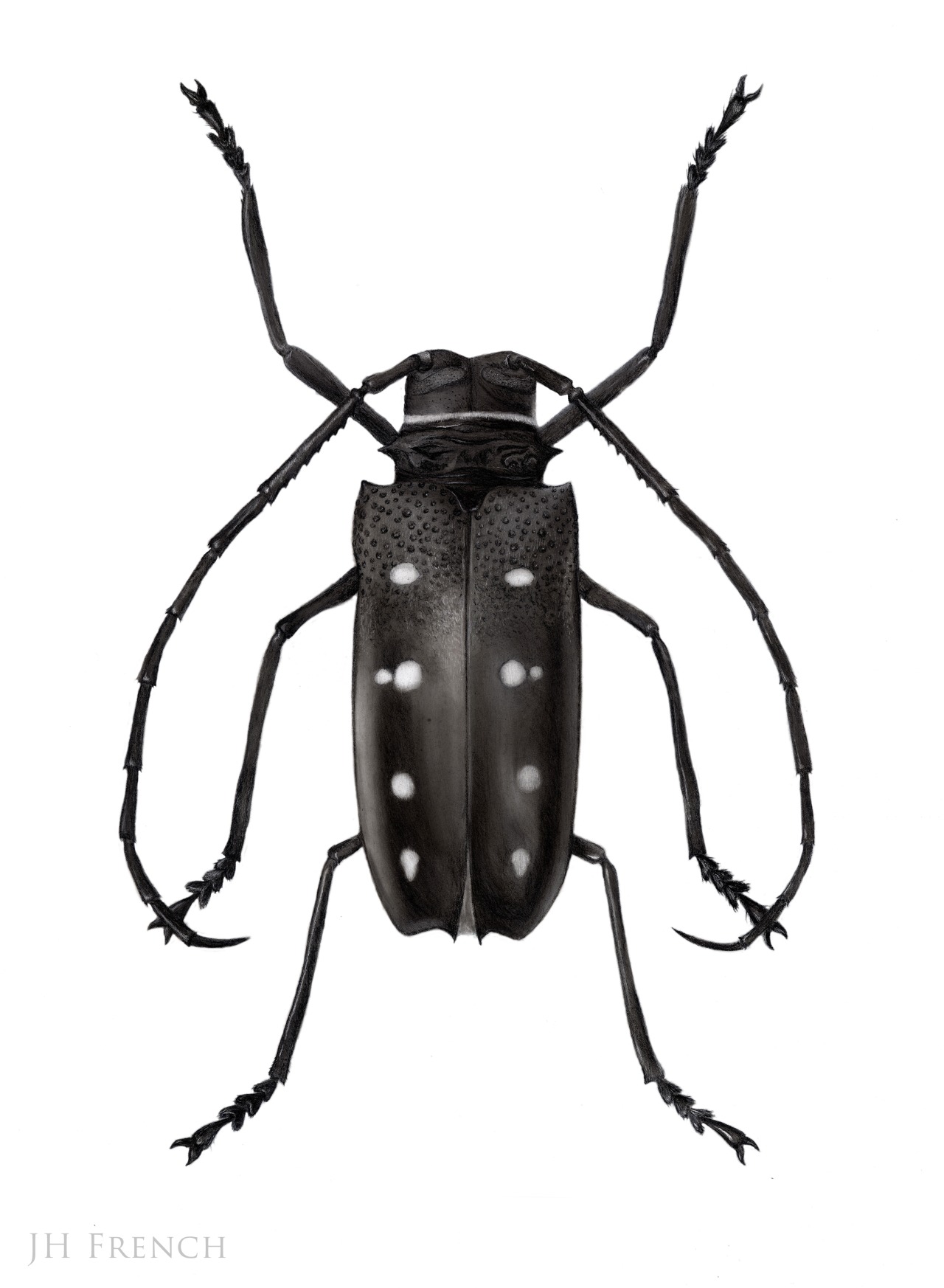
Batocera laena, carbon dust and charcoal, 2014
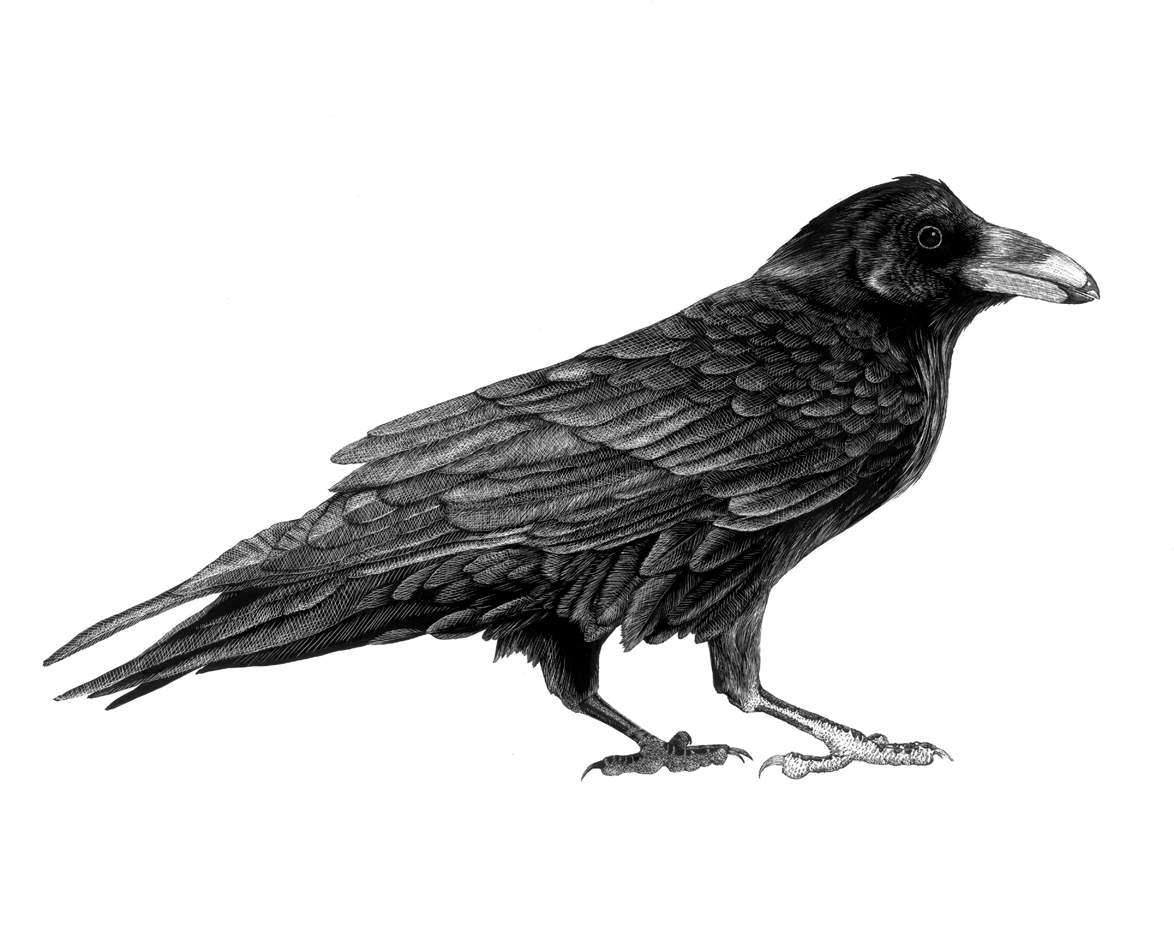
Corvus corax, ink on scratchboard, 2017
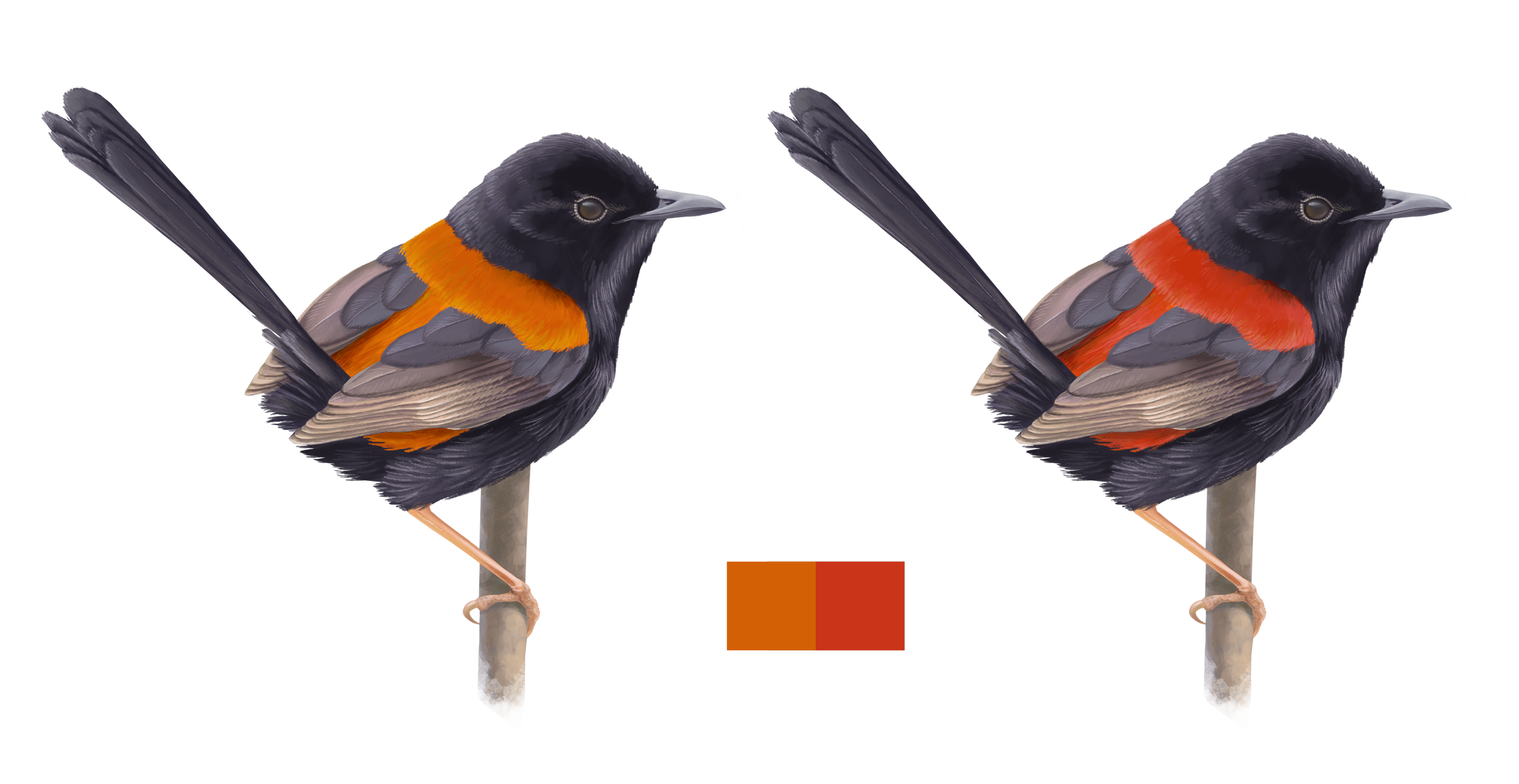
Malurus melanocephalus, digital, 2019
Illustrating color variation in back patch of species.













Editorial Illustration
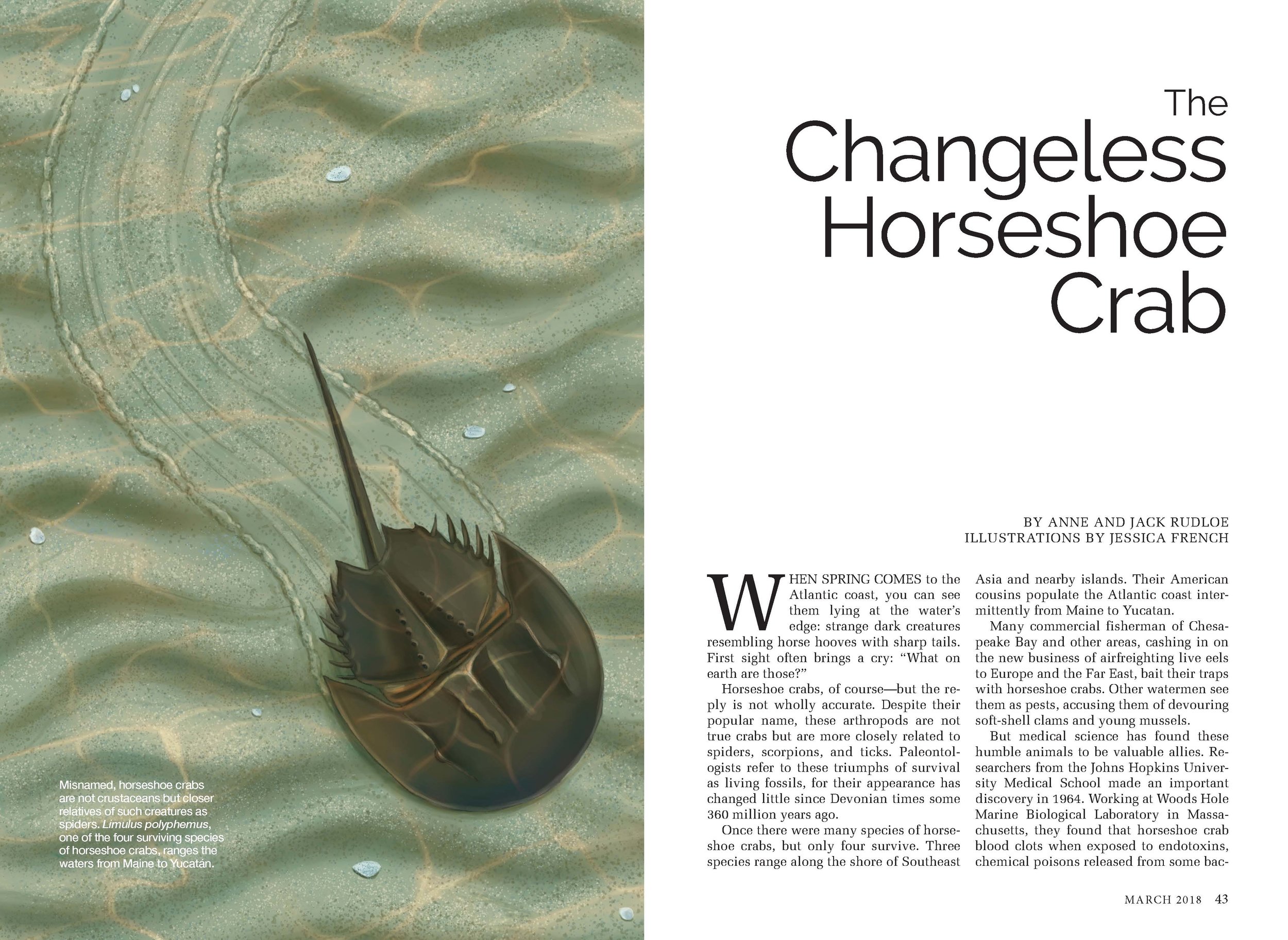
I created new illustrations and page layouts for a 1981 National geographic article about horseshoe crabs. An accompanying animation is further down on this page.
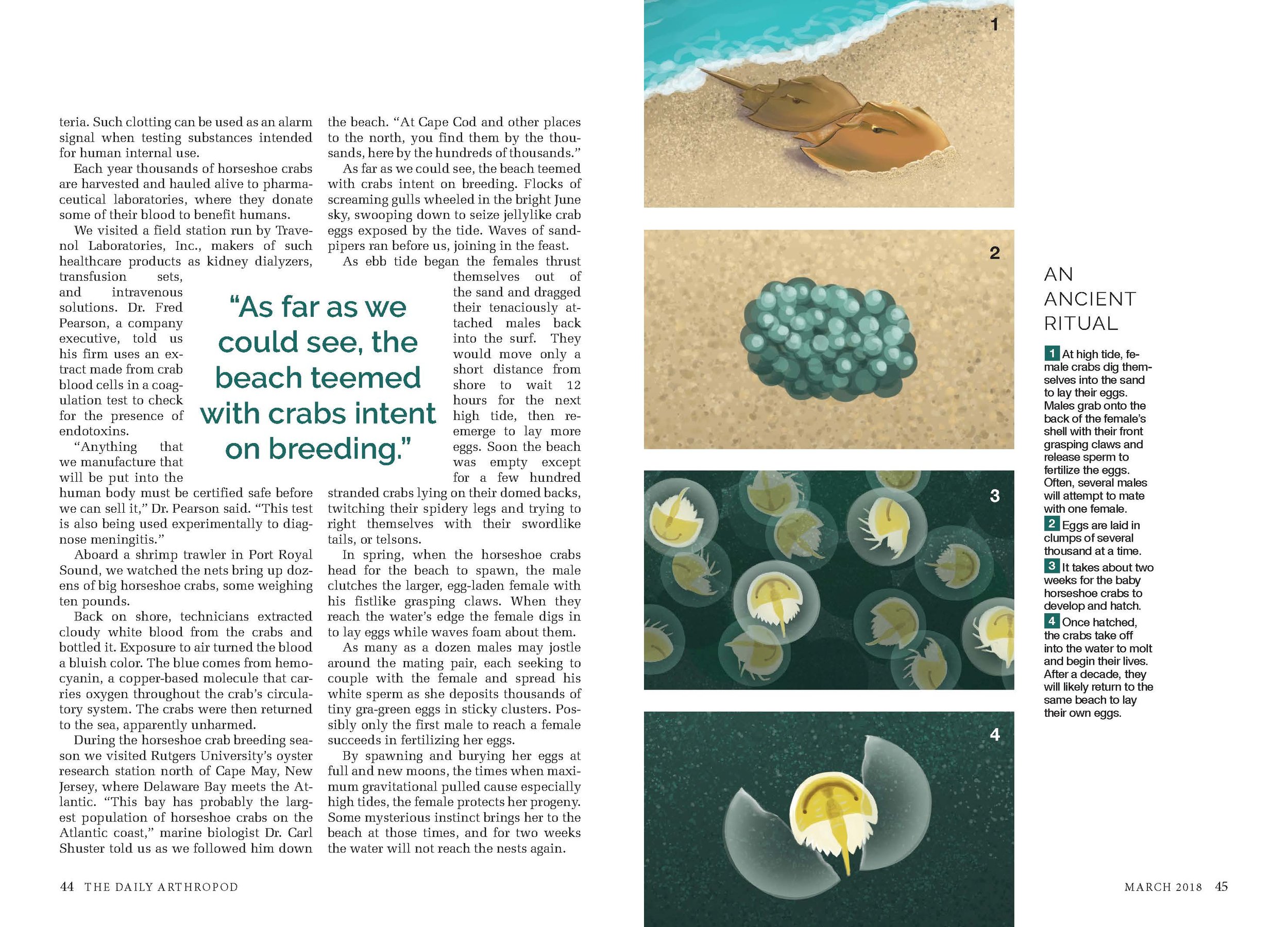
I created new illustrations and page layouts for a 1981 National geographic article about horseshoe crabs. An accompanying animation is further down on this page.

The acoustic adaptation hypothesis (AAH) is based on the idea that sounds that are low in pitch are able to travel further through dense material. AAH proposes that animals that live in areas with more obstructive material (forests) will evolve to have lower communicative sounds.




